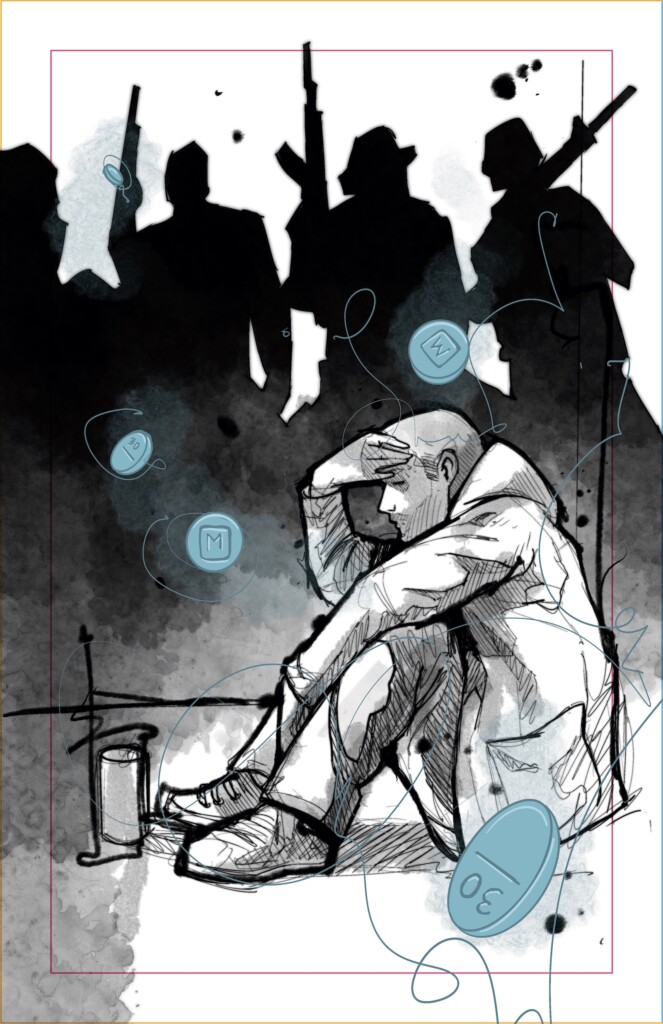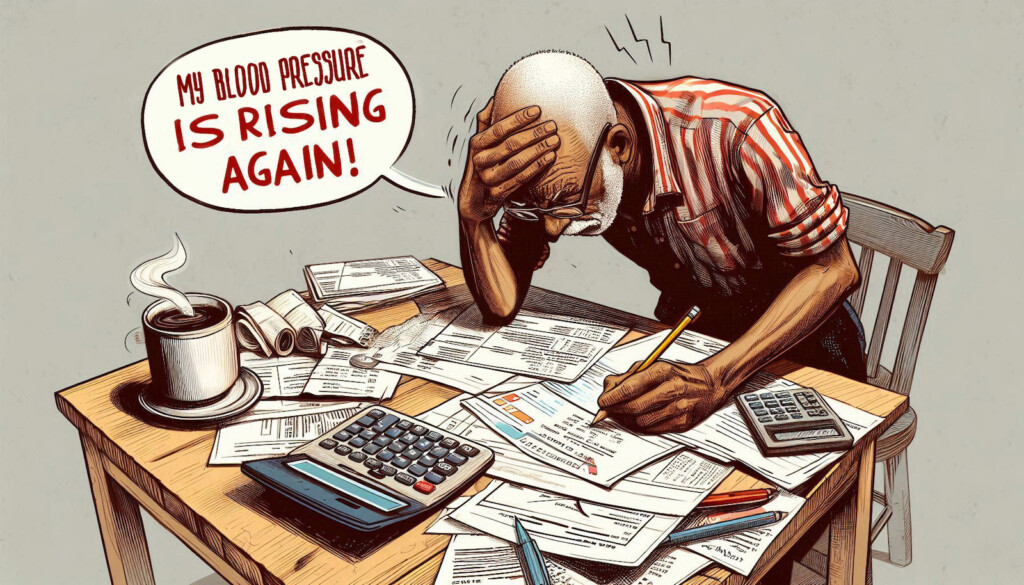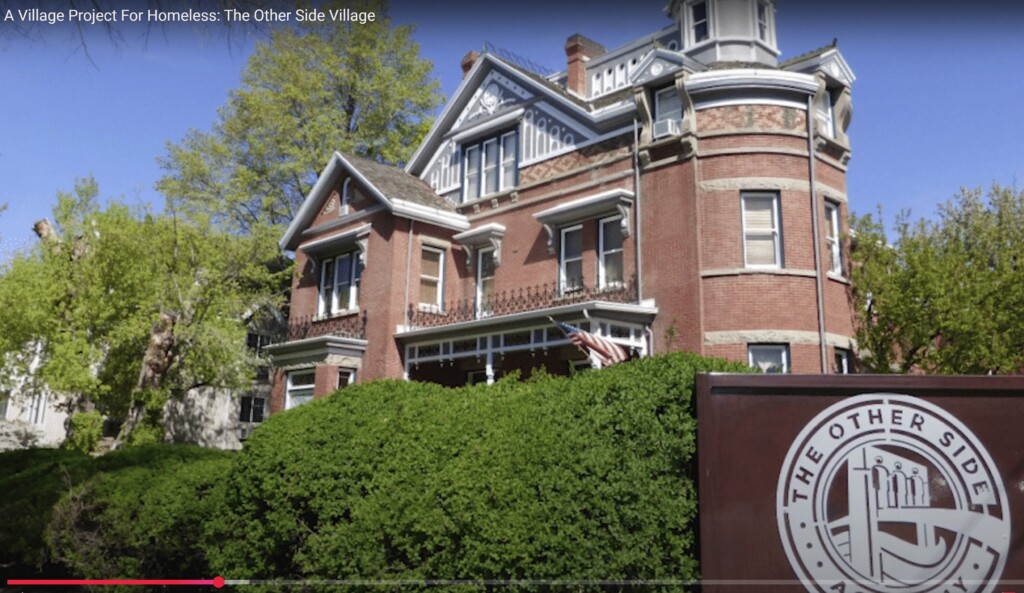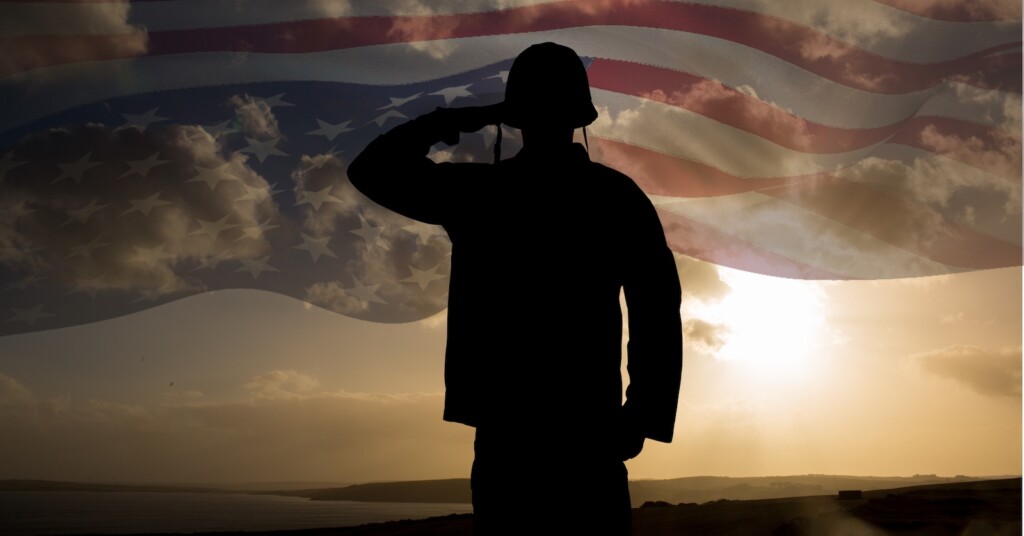There are several factors that have brought this about and I am going to explain how fentanyl has conquered all other opiates.
Before 2005, it was difficult to find heroin in Salt Lake City. You had to know someone. Deals got done in dingy apartments in run-down buildings. The dealer would have softball-sized chunks of black tar heroin, breaking pieces off onto a scale, twisting it off in Ziploc bags and giving it to the customer.
Everything changed the next year. In 2006, young farm boys from Nayarit, Mexico, tired of working their families’ sugar cane farms, took their medicinal family heroin recipes and brought them to Utah. They set up distribution cells all over town. It was a pizza delivery chain of heroin sales. At one point you could have five dispatchers all calling themselves “Xavier” whom you could call between 8am and 8pm, 7 days a week. One call got you directions to an intersection or a carwash. Within 15 minutes, a late model American car would slide in. Pontiac Grand AM’s, Chevy Cavaliers, and Oldsmobile Aleros were typical. The drugs were all in balloons, and you could also get cocaine. You ordered in white (for cocaine) and black (for heroin), or sometimes the code was shirts and pants. The boys were polite, very young, with no gang affiliation, clean shaven and lacked tattoos.
At that point in time, the cartels were mostly pushing “brick weed,” which was marijuana brought over the border in the gas tanks of vehicles. It was full of seeds and stems, and when smoked, it tasted like gasoline.
The farm boys from Mexico caught their attention, though. Some of these boys were making $8000 a week. The Tijuana and Michoacan Cartels wasted no time in pushing them out. There remained a problem however; who were they going to get to push so much heroin?
They subcontracted with the Hondurans. This seemed like a natural choice, since the Hondurans were slightly built and looked a lot like the boys from Nayarit. The Mexicans made a terrible mistake, because at that time, Tegucigalpa, the capital of Honduras, was the murder capital of the world, and every boy aged 12 and up was gang-affiliated.
The Hondurans came with nothing, came from nothing, and the cartels did everything they could to make sure it stayed that way. The Mexican bosses squeezed the Hondurans for all they could. After all, they were doing the cartel’s dirty work for next to nothing. Most of them had no chance of getting a car, so the delivery cells disintegrated.
At this point in the heroin epidemic, many of us who had jobs, homes, apartments, even marriages, had lost everything but our habit. The men’s shelter was flooded, and many chose to stay on the street instead of the less than favorable condition inside the Road Home. The Hondurans naturally migrated to 500 west.
There was a huge homeless population, and those who still had homes and cars traveled there to “score.” Chafing at the little money they were making directly with the Cartels, the Hondurans began to cut their heroin with fentanyl and sold crack cocaine too, all in $10 bindles or balloons.
By 2016, the center island and the sidewalks of fifth west were filled with wall to-wall-tents. When standing on the corner of 500 West and 200 South, all you saw in every direction was the flick and flame of Bic lighters. It was an open-air drug market with dozens of people waiting for their preferred dealers to show up. They would sell out hundreds of balloons in minutes. There was never a shortage of drugs, and you could buy anything else you wanted, including sex, bicycles, phones, and even cars.
The police were only a block away, in an out-of-business sports bar that had been converted into a substation, but it was ineffective. The cops did nothing. Their cars were parked in a nice, neat row and they never bothered us. CNN did a segment on Salt Lake’s shelter area at that time and called it an “Open Air Drug Market.”
Other than a few fights over stolen bikes or backpacks, the homeless really didn’t do anything but panhandle to get high. Competition was fierce among the dealers however, and tensions began to rise. Pretty soon there was violence. People went missing, and then there was a murder. One of the Honduran dealers was shot 4 times in a gangland hit.
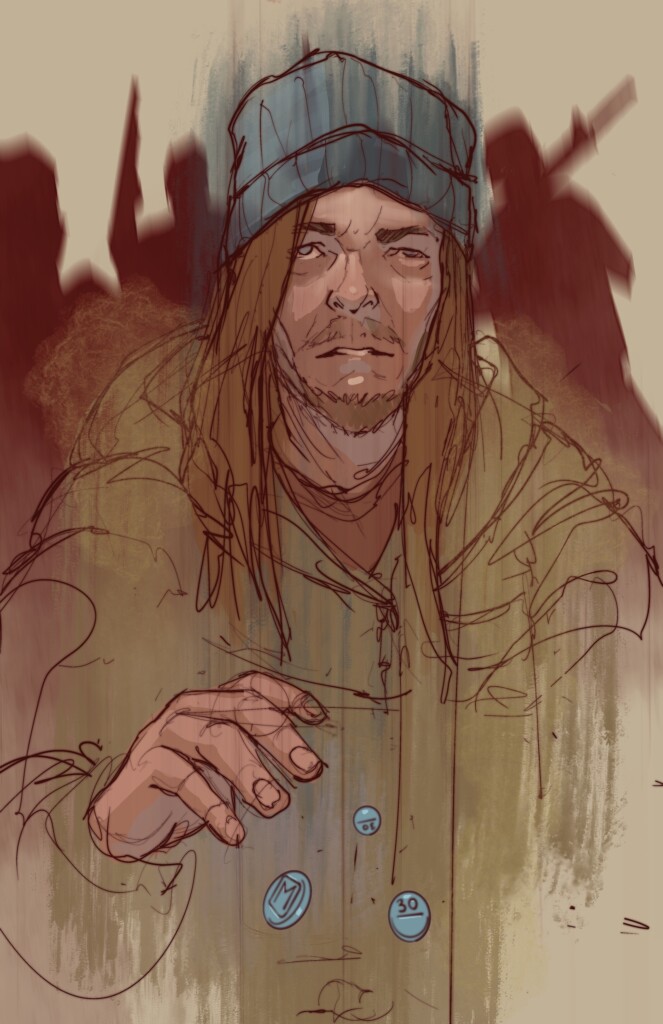
The police finally got involved when Operation Rio Grande started in August of 2017, and most of the Hondurans were arrested and jailed, or arrested, jailed and deported. With the downfall of the open-air drug market and the destruction of the old men’s shelter on 500 West, a diaspora of the homeless began, with many settling on North Temple, near the Jordan River, and many more heading to the southern part of the valley in search of safe places to camp and good corners to panhandle.
Word began to spread on the street in 2018, that the Sinaloa Cartel was coming. Salt Lake City had always been an area “owned” by El Chappo Guzman, but other than being a major transit point for distribution to surrounding states, Sinaloa’s had never really bothered to sell in the city. El Chappo was sending his boys to town and there wasn’t any money in heroin anymore. Why wait for a poppy crop when you could get raw ingredients from India and China and make fenny in a lab in Culiacan?
From 2017 until 2019, fentanyl was sold here in powder form. It was expensive but potent. Many heroin addicts, tired of the overly cut and dirty black tar that caused abscesses with every injection, gradually began to adopt fentanyl as their drug of choice. Fentanyl is very powerful, and it lasts longer than heroin.
In short order, the m30’s began to flood in. The first time I really saw them in any quantity was in 2020. M30’s are a knockoff of oxycontin’s. They are small and blue and now they are everywhere. I cannot overstate the danger of these little blue killers. They are a mixture of fentanyl and horse tranquilizer. Every homeless encampment has them. Salt Lake is awash with them. They are ingestible, smokeable, and injectable. Distribution is still done by Hondurans who remained in the good graces of the Mexican cartels and stayed out of jail.
Now, in 2024, with tens of thousands of m30’s coming across the border daily, Salt Lake faces an all-new opioid epidemic. M30’s are incredibly cheap now (about $3 to $5 each), cheaper than heroin ever was, and exponentially stronger. An additional danger is that it is impossible to assess the strength of any batch of pills or even an individual pill. And unless the flow of raw ingredients from Asia can be stopped from entering Mexico, there is no end in sight.
Feature Image Illustration by Chris Bodily.

